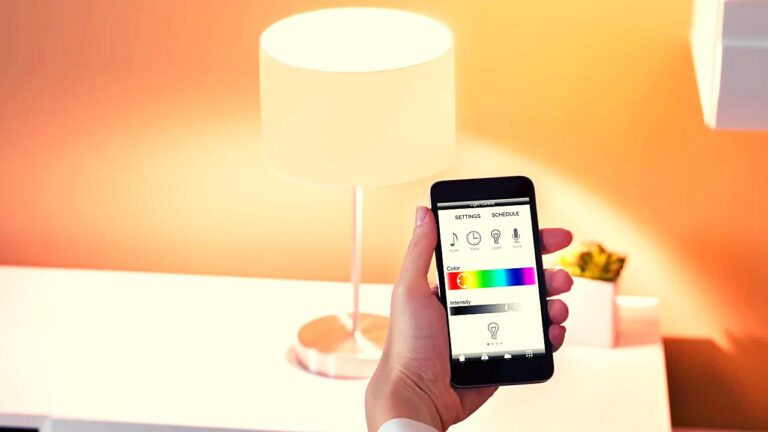A pause on the most punishing US tariffs in a century hands Nintendo valuable time to prepare the momentous launch of its new console and lifts pricing pressure. For now.
The 90-day reprieve on heightened tariffs for most US trading partners gives Nintendo a chance to ramp up shipments of its upcoming Switch 2 console to a market that accounts for more than a third of its sales. Roughly a third of Switch 2 units are assembled in Vietnam — which would’ve been subject to a 46 percent levy, but now only faces the 10 percent universal tariff imposed by Donald Trump’s administration — so Nintendo can focus all that production on the US and stock up as many units as possible over the next three months. That period includes the gadget’s release date of June 5.
Shares in the Kyoto-based games maker jumped 10 percent at Thursday’s open in Tokyo, illustrating the importance attached to the debut. There’s no plan B for the company beyond the $450 (roughly Rs. 38,500) Switch 2, which will soon be the key platform for its popular game franchises. Nintendo is diversifying its business to better tap a rich library of intellectual property and beloved characters — via film, merchandise and theme parks — but to do that, it must have a thriving platform and expanding user base.
“If the tariffs stay at 10 percent, Nintendo probably keeps pricing at $450 and just takes the hit on margin,” said Bernstein analyst Robin Zhu. “At 46 percent Vietnam tariffs, I expected them to raise by $50 to $100.”
Nintendo delayed pre-orders in the US to fully assess the impact of the new tariffs — which were announced mere hours after Nintendo’s online event unveiling the Switch 2’s price and launch game lineup. The company has spent months strategizing for the global release of the console and ensuring the first units land with gamers and not scalpers. In the UK, for example, it’s prioritizing customers with a Switch Online membership and ample playing time on the Switch.
The initial launch window is a pivotal time for game consoles, much as with movie premieres. It sparks interest beyond loyal users and sets up marquee titles for a fast start. Sony Group’s PlayStation 5, released in late 2020, took years to gain momentum because of the pandemic’s impact on logistics and availability. Nintendo may face similar challenges now with shipping its device out of Vietnam, which is also home to other major exporters to the US, such as Nike and Adidas. While Vietnam and the US have started negotiations to forestall elevated tariffs, most companies are likely to hasten deliveries to the US to maximize what they can ship in the 90 days.
US levies on imports from China were hiked to 125 percent as part of Trump’s Wednesday reversal of country-specific tariffs for most other nations. That makes it prohibitive for Nintendo to ship its made-in-China production to the US and also poses a challenge for its competitors.
“We believe the Switch 2’s bill of materials is around $400, meaning Nintendo would still be selling consoles at a loss in the US with the 10 percent tariff — but the loss would be something Nintendo would be able to absorb,” said Hideki Yasuda of Toyo Securities. “Sony is in a tougher situation as most of its PlayStation production is in China, and it may be forced to hike PS5 prices in the US in the near future.”
PC makers showed one path to navigating the tariff uncertainty over the first quarter by stockpiling inventory in the US and doing away with discounts. Nintendo, which plans to sell a Japan-only version of the Switch 2 that costs less than $350 (roughly Rs. 30,114), will likely do everything it can to avoid further price increases.
The Switch 2 already marks a climb up in price from the original Switch, plus Nintendo also announced the first $80 console game with its Mario Kart World. The company faces the burden of convincing players to spend more just for the device and software, whose prices have been pushed up by escalating costs of production.
The US tariff threat still looms, but now at least the picture is clearer around the launch window of the Switch 2. That’s brought Nintendo’s Tokyo-traded shares back to within 1 percent of where they were before Trump’s Liberation Day speech that’s reverberated across global markets.
© 2025 Bloomberg LP
